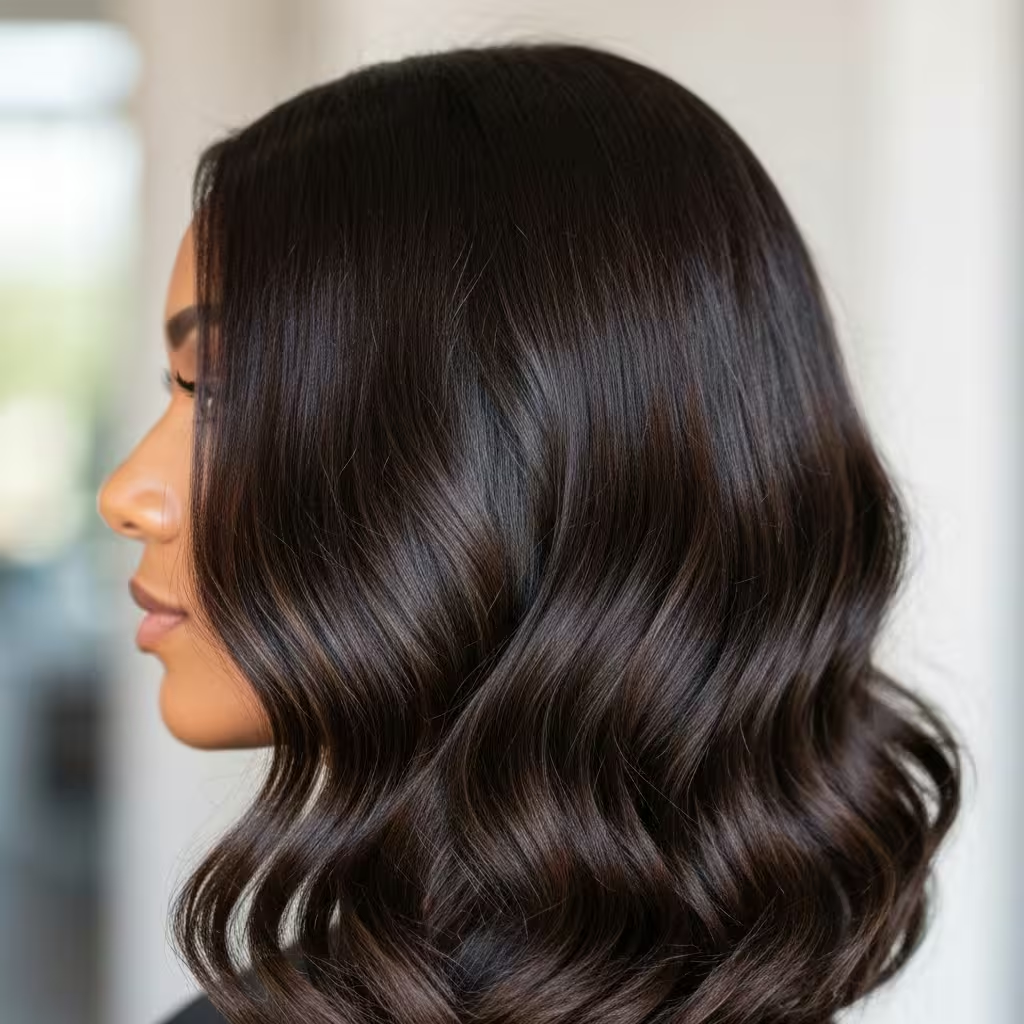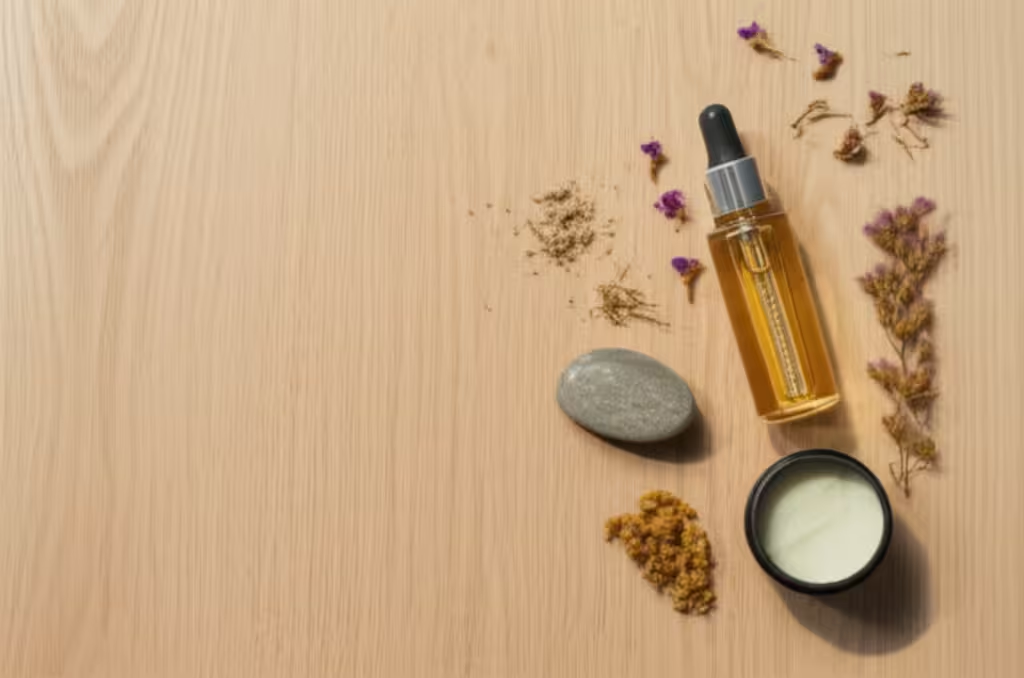
Healthy, shiny hair starts with understanding your hair type and its specific needs. Whether you have fine, thick, curly, or straight hair, there are universal principles that apply to achieving optimal hair health.
The foundation of good hair care is gentle cleansing. Choose a shampoo that matches your hair type and scalp condition. Those with oily scalps may need daily washing, while dry or chemically treated hair benefits from less frequent cleansing.
Conditioning is crucial for maintaining hair moisture and preventing damage. Apply conditioner from mid-length to ends, avoiding the scalp area. Deep conditioning treatments once a week can provide extra nourishment for damaged or dry hair.
Heat protection is non-negotiable if you use styling tools. Always apply a heat protectant product before blow-drying, straightening, or curling your hair. This creates a barrier that helps prevent heat damage and breakage.
Regular trims are essential for maintaining healthy hair. Even if you're growing your hair out, trimming every 6-8 weeks removes split ends and prevents them from traveling up the hair shaft.
Your diet and lifestyle significantly impact hair health. Ensure you're getting adequate protein, vitamins, and minerals. Stay hydrated and manage stress levels, as both can affect hair growth and quality.
Be gentle with wet hair, as it's more vulnerable to damage. Use a wide-tooth comb to detangle, starting from the ends and working your way up. Avoid aggressive towel drying and opt for a microfiber towel or cotton t-shirt instead.
Related Articles

10 Essential Skincare Tips for Glowing Skin
Discover the fundamental skincare practices that will transform your complexion and give you that coveted healthy glow.
Read More
Guide to Natural Beauty Products
Learn about the benefits of natural beauty products and how to choose the best organic ingredients for your skin type.
Read More
Perfect Evening Skincare Routine
Transform your nighttime routine with these expert-approved steps for maximum skin repair and rejuvenation while you sleep.
Read More